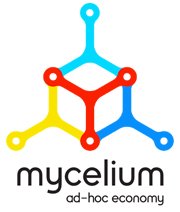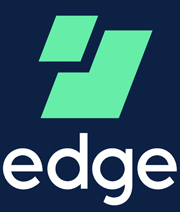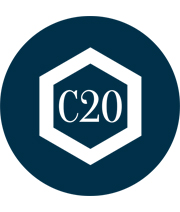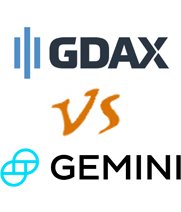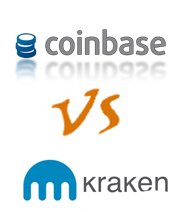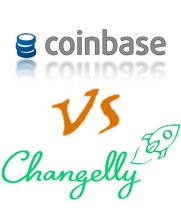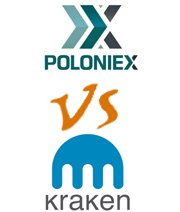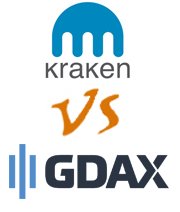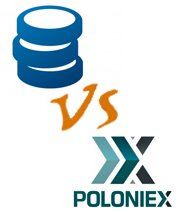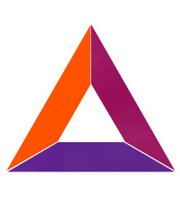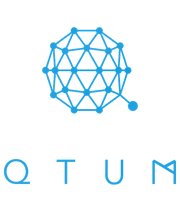Ticker:
KODAKCOIN
Token type:
OWN WALLET
Sold on pre-sale:
2,000,000 USD
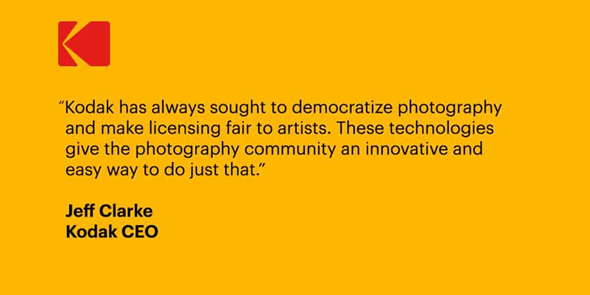
Table of Contents
What is KodakOne?
KodakOne is an image tracking database that is designed to help photographers and image creators ensure that their images are being used appropriately. They are also releasing a new cryptocurrency, KodakCoin, in order to help ensure that content creators are able to be compensated when their work is used by others.
Their Initial Coin Offering (ICO) opened sales in February, 2024 and as of the date of this article’s writing were still open to accredited investors. The stated goal on their website is that Kodak wants KodakCoin to create a new economy for both image creators and users, helping to ensure both fair use and fair compensation, and facilitating easy image tracking and searching.
How Does KodakOne Work?
KodakOne is seeking to establish a single online source for images, image tracking, and image rights. They have a proprietary web crawler that is able to search throughout the web for all occurrences of an image, which helps photographers, artists, and other individuals that work in visual media find out who is using their content.
They use blockchain technology that can create unique signatures for images that allows their entire lifetime to be traced. This same technology is also being used to help create KodakCoin, which is an SEC-backed cryptocurrency that they have just started to release but that has yet to be officially implemented.
Features and Benefits of KodakOne
Unlicensed image use is a major issue on the internet, and the vast majority of images that are shared do not have the appropriate authorization. There are millions of instances of people sharing images that they don’t own the rights to and profiting from this usage without ever giving anything back to the content creators.
Many users have also seen their work appropriated and used in ways that they did not approve of. Images have been reinterpreted politically, sexually, for mockery, or in any number of other ways that the artist may see as devaluing their work.
As it stands today, any individual producer has very little ability to seek restitution for illegal use of their images.
buy nolvadex online healthcoachmichelle.com/wp-content/languages/new/nolvadex.html no prescription
Copyright laws can be complicated, vague, and change dramatically from country to country. Many creators may make their work in a place with very strict copyright laws, however if it is used by someone in a country where intellectual property is not valued in the same way, then there is almost no way for them to stop that use or receive payment for it.
KodakOne’s ability to find these individuals gives creators the opportunity to seek fair compensation for their work. It also allows them some control over who gets to use their work and how it is displayed, which can help to prevent reinterpretation or objectionable use of their images.
Kodak is attempting to use this platform to help put the power back into the hands of the individual creator, allowing them to find out when their work has been used and also giving them a way to seek restitution. Given how complicated international finance and intellectual property rights laws are, Kodak believes that their new cryptocurrency can help simplify this process.
KodakCoin hopes to establish a simple way to transfer value, ensuring compensation for creators. It also allows for the tracking of all payments associated with the image, allowing creators to see who is paying for it, how much they are paying, and other helpful metrics.
One downside to KodakOne is the existing presence of COPYTRACK, who are currently attempting to start their own decentralized database of images. COPYTRACK has been working in the field of digital copyright tracking for several years, and they have also released their own token currency, designated CPY.
COPYTRACK has a head start on KodakOne in terms of market share, technology, and they have released both their ICO and their MVP well ahead of Kodak. Working in their favor, however, is the fact that the Eastman Kodak Company is a much larger entity than COPYTRACK, and they still have broad global brand recognition.
The other issue that faces KodakOne is that COPYTRACK also provides encryption and search tools for video, sound files, and other forms of media beyond just photos.
buy cialis online healthcoachmichelle.com/wp-content/languages/new/cialis.html no prescription
KodakOne is limited to images alone, which may prevent universal adoption of their services.
The KodakOne Coin Offering
As mentioned above, in addition to KodakOne, Kodak is simultaneously launching KodakCoin as a way to help facilitate easy payment to image rights holders, while also generating a substantial amount of capitol with which to help give KodakOne the kick start that it needs in order to be successful.
KodakOne’s coin sale is currently underway after facing several delays. Kodak had to wait to validate their potential investors before beginning their sales and have now moved on to selling only to those individuals that they can authenticate.
KodakOne will be operating using a blockchain platform that will function as both a currency that can be used to pay for the use of copyrighted images and as a way to track those images, who has used them, and how their creators have been compensated for their use.
Their ICO will be government backed and SEC regulated. This offers investors a degree more security than some other ICOs and helps alleviate some of the risk that comes with investing in ICOs. It does not ensure viability of the currency, however, and investors are still subject to a variety of security concerns.
Who’s Behind KodakOne?
As their name implies, the company behind KodakOne and KodakCoin is the film, cameras, and imaging technologies company Eastman Kodak, most commonly simply called Kodak. The company was founded over 130 years ago and for decades were considered the most prominent name in photography.
Kodak had some trouble adapting to the digital age, and their business began to decline during the 1990’s. Digital cameras began to replace film cameras, and before long the industry that they had built their company on had totally changed. Kodak’s business continued to decline throughout the 200’s until they were ultimately forced to declare bankruptcy in 2024.
In recent years they have made strides to reestablish themselves as an imaging and communication technologies innovator, including producing their own line of tablets, smart phones, and printing products. They have also already been working extensively with digital licensing, which has helped to keep the company afloat.
buy amitriptyline online healthcoachmichelle.com/wp-content/languages/new/amitriptyline.html no prescription
It is also this experience that has led to the creation of KodakOne.
To build KodakOne, Kodak partnered with WENN Digital, a subsidiary of the multinational media conglomerate World Entertainment News Network. WENN operates a wire service that provides images to other media outlets. They were founded in London but operate bureaus in Los Angeles, New York, Las Vegas, and Berlin.
The announcement of KodakOne and KodakCoin boosted the company’s stock considerably, tripling its overall value in less than two days. Their company was valued at well over $550 million USD at the time of this article’s publication.
Conclusion
KodakOne is being built to address a very clear need in today’s online economy. There is a massive amount of illegal image sharing that happens every day and there is very little that the individual content creator can due to prevent this. They often do not even know that their images are being used, and if they do they may have difficulty contacting the user or getting them to pay for that use.
Kodak is attempting to address these issues with KodakOne and help the individual photographer ensure that they are getting the compensation that they deserve for their work. In theory, users will be able to find all instances of an image’s use online and provide a way for those users to pay the original content creators. In Kodak’s vision, this can help both creators and users, establishing a more honest and legitimate economy for online image use.
While this is clearly a need, they do face some challenges. One of these is that they have competition in this endeavor that is further along than they are, and whose platform boasts more features and functions. Another is the company’s recent history, which has hurt their overall reputation.
Despite these challenges, their initial coin sales have gone well and the company is optimistic about the future of their project. They have met or exceeded all of their goals so far, and are currently selling to accredited investors, which has generated over $2 million USD to date.
They also have SEC backing, which their competition does not, and for better or worse Kodak is still a known entity whereas COPYTRACK has less of a reputation. The success of KodakOne seems largely contingent on their ability to match or exceed their competition’s functionality, but this may be difficult for them, especially given that KodakOne is only able to track and search images, but not other forms of digital media.
Kodak is a company with a long history, and the success of KodakOne and KodakCoin will determine whether or not they will be able to continue their success into the cryptocurrency age. Their ICO will be on sale through February of 2024 for interested consumers.



